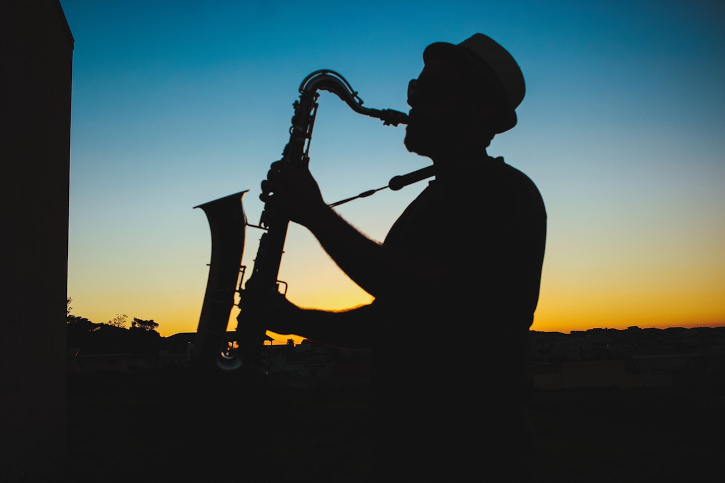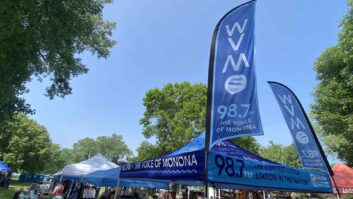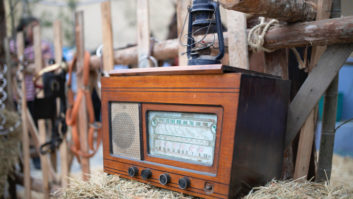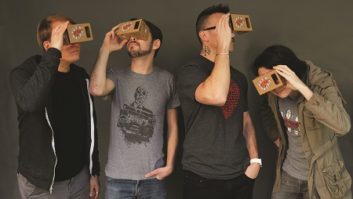The author is membership program director of the National Federation of Community Broadcasters. NFCB commentaries are featured regularly at www.radioworld.com.
One of my favorite memories as a student was discovering John Coltrane. Like generations before mine, I was dazzled by his virtuoso stylings on “My Favorite Things.” Tales of his all-night jam sessions and one-of-a-kind life were bits of music history likely to never be repeated. Just as his jazz contemporaries blazed bold trails, so Coltrane too proved to be a standard bearer. He, Thelonious Monk, Miles Davis and others undoubtedly have introduced many people to the timeless sound of jazz.
However, every classic song comes to a close. And there is more than a little indication that jazz’s days on radio are numbered.
Jazz has seen such a turn of events since it ruled commercial radio in the 1940s into the 1950s. But by the mid-1950s, popular music tastes changed. Even with the rise of The Beatles, Chuck Berry and Elvis Presley, though, jazz enjoyed a sizable audience. Offshoots such as New Age music and smooth jazz kept the genre in the public consciousness just a few years ago. However, with its core audience aging and longtime jazz radio pioneers exploring other avenues, one has to openly ask how much longer noncommercial media will continue to lift up the genre.
[Read: Community Broadcaster: Plant a Seed]
Although the news is not pointing to mass extinction just yet, indications are jazz on the tower is facing some challenges. Recently, Current highlighted the situation at veteran jazz outlet WUMR, which will be departing its 40-year history of jazz radio in favor of a mixed format. In 2018, three jazz stations — KUVO in Denver and Historically Black College and University licensees KPVU and WNSB — were approved to continue the urban alternative effort supported by the Corporation for Public Broadcasting. The new format gives stations at chance to connect with new audiences with R&B and hip-hop, though ostensibly their traditional jazz offerings will be (or are being) impacted, now and into the future.

While jazz education groups will tell you there is a growing younger demographic very interested in jazz, I can’t find anyone who says the public perception is one in which jazz is a young person’s primary musical choice. With pressures to increase listenership and grow the donor base, managers at public and community stations are thus going to find little traction with boards of directors or other stakeholders in favor of making jazz a centerpiece of programming. Without champions to expose new listeners to jazz, it is hard to say what jazz will be to broadcast in 20 years. The future does not look promising.
This is not to criticize the value of jazz to the nation, nor does this commentary impinge on any music genre largely vanished from commercial and noncommercial radio. Change is not anyone’s fault. If anything, the gradual disappearing of jazz radio may be the clarion call for its most ardent supporters to think creatively about community engagement and jazz education writ large.
WNCU is one of several jazz stations involved in educating students about jazz and the importance of these stations to their communities and to music history. KDHX is famed for its Folk School, where musical lessons introduce new generations to appreciate folk and bluegrass. Indubitably, a station could do the same with jazz.
Then, of course, there are the dozens of community radio jazz shows that bring you old and new music in the genre. These endeavors are wonderful. Whether that will be enough to save jazz from radio silence may be left to history.







